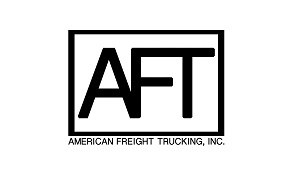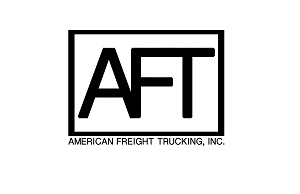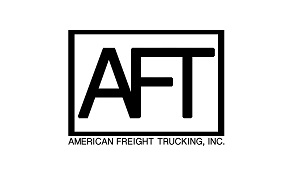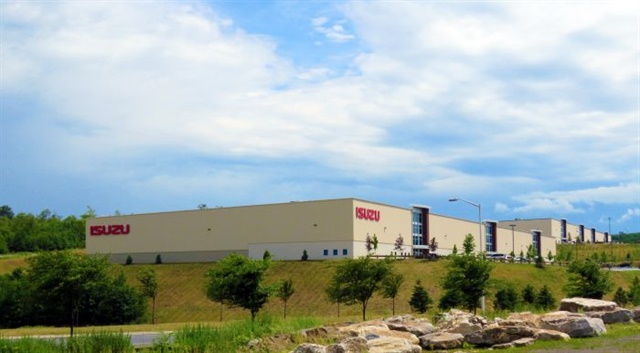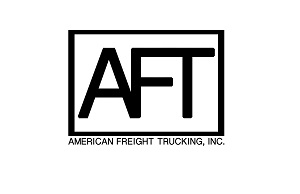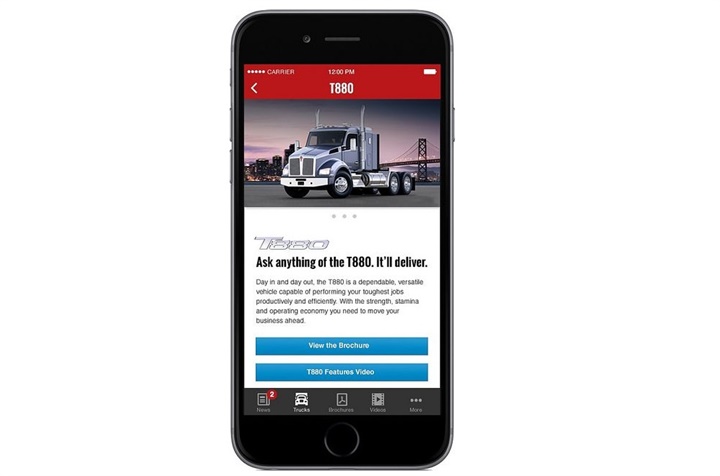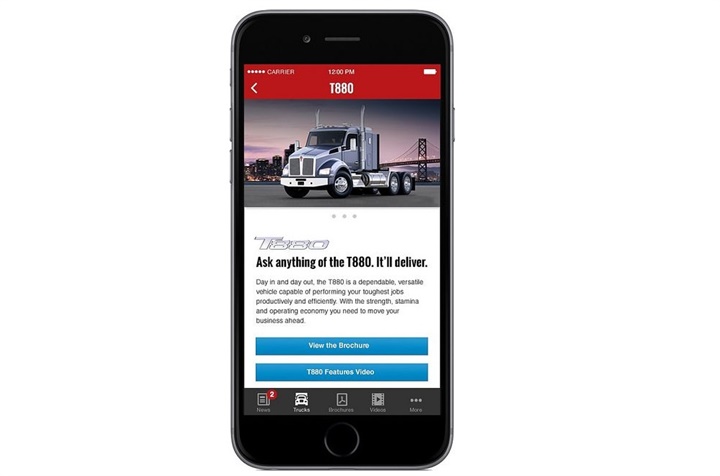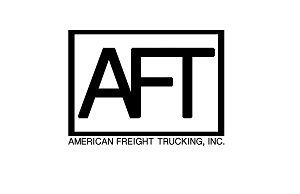Mercedes-Benz Breaks Ground on $500M Van Plant

Mercedes-Benz will shift production of vans it sells in the U.S. and Canada to North Charleston, S.C., by the end of the decade with a plant that nearly triples its existing manufacturing footprint.
Surrounded by dignitaries such as Sen. Lindsay Graham and Gov. Nikki Haley, Mercedes-Benz and Daimler leaders celebrated the start of construction at a July 27 ceremony and provided more details about their plans to stop importing the vans from Dusseldorf in a complex assembly process to avoid the "chicken tax" assessed on trucks build in Europe. The tax assesses a 25% tariff on the vehicles, Graham said.
Instead, Mercedes-Benz will invest $500 million to expand its existing assembly plant to 1.1 million square feet from the 409,000-square-foot space. Mercedes-Benz will also construct a marshalling yard for finished vehicles of 2.8 million square feet.
The plant also helps Mercedes-Benz meet increasing demand for its Sprinter and Metris models. The company sold about 29,800 vans in 2015, a 16% increase over the prior year, said Bernie Glaser, vice president and managing director of Mercedes-Benz Vans.
"Over the last few years, we've seen very steady growth [in van sales]," said Volker Mornhinweg, head of Mercedes-Benz Vans. "This is what we're counting on in the future."
The new plant will create 1,300 new jobs at the plant and 400 new jobs at local suppliers, which will eventually include Auto Truck Group and Knapheide upfitting facilities.
The plant will simplify production of the Sprinter and Metris. Since 2006, Mercedes-Benz has been using a semi-knock-down process of building the vans in Germany, then disassembling them for shipment through the Charleston port. Van bodies, engine and powertrain kits, and other parts arrive separately and must be reassembled for being shipped to customers.
Elected South Carolina leaders praised Mercedes-Benz for investing in the region during remarks to a group of media members, plant employees, and company associates. During a light-hearted moment, North Charleston Mayor Keith Summey urged Mercedes-Benz to build a pickup truck at the plant.
"This is the deep South," Summey said. "I need for you to develop a line for a pickup truck."
Related: Mercedes-Benz Expands Van Offerings, Adds Ship-Thru
Follow @HDTrucking on Twitter
